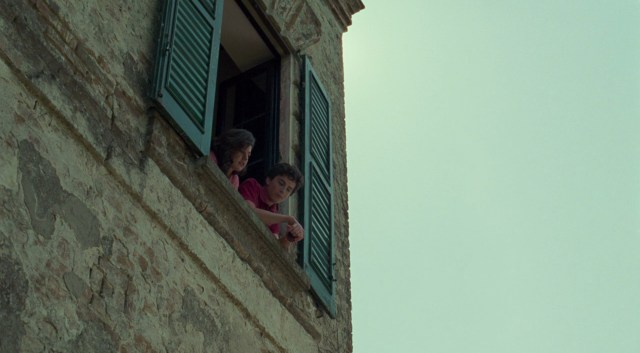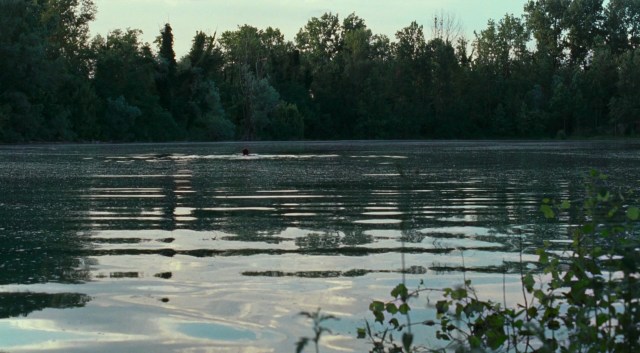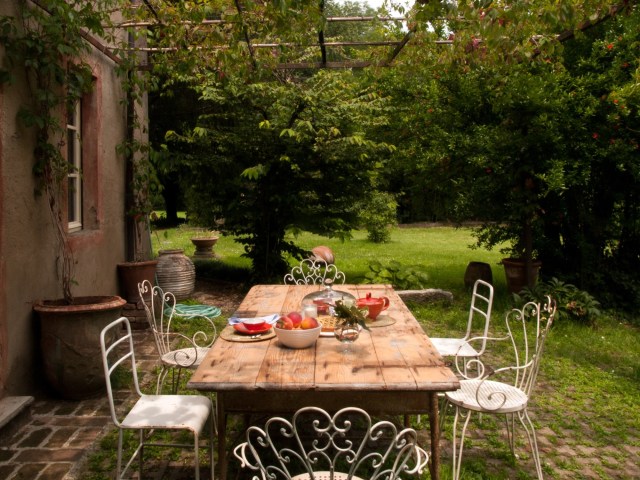I first watched & read Call Me By Your Name at 16, close to Elio’s age. Initially, I didn’t see what was the harm in their relationship. I think since he was so close to my age, I viewed his actions and relationship with Oliver to be mature rather than inappropriate. In a weird way, it validated my feelings of wanting to be viewed as independent and an “almost adult.” Time has passed since then and my feelings towards the film and novel- for this review I will be focusing more on the film- have changed. I often worry when talking about this film due to its content of grooming, normalization of an inappropriate age gap, and romanticization of it all. But, it has been films such as this that have immoral depictions and contents that have made me question, once again, the ethics of appreciating different mediums of art. I appreciate this film for more of its visuals and portrayal of Elio’s character rather than the love story plot line. If anything, I have changed my perspective into viewing it as a cautionary tale rather than the previous plot line.

Photos from film-grab.com
A relationship between a 17-year-old and a 24-year-old is not only inappropriate but also has a drastically imbalanced power dynamic. Though Italy’s age of consent in the 1980s was at 14 years old, I still don’t think that justifies the relationship between a 17-year-old and a 24-year-old due to the drastic power dynamics that are present. It also doesn’t help that Armie Hammer’s character, Oliver, depicts the tall and masculine “American Man” in comparison to his much younger counterpart Elio, Timothee Chalamet’s character, who is smaller, fragile, and doesn’t hold himself with the same amount of confidence. Between their contrasting characters, you can feel the differences in life experiences between the two which makes their relationship all the more uncomfortable.

Photos from film-grab.com
Another criticism I had was the romanticization of this type of relationship and its impact on young queer adults, especially young gay adults. I still say this is one of my favorite films but that doesn’t mean I’m choosing to ignore the relationship between the two characters. When people create a story they have an idea of what the plot and message will be. Yet those writers forget to take into account the audience of unexpected readers. In her book, How To Read Now, Elaine Castillo writes that the “unexpected reader” is, “someone who was not remotely imagined — maybe not even imaginable — by the creator of that artwork.” As viewers of Call Me By Your Name that have more negative views on the content, we have become the unexpected audience. I would then pose the question of: if the morality of the film misaligns with your own views, does that automatically make it a “bad” film? Is it wrong to appreciate parts of the film while condemning the parts that you don’t agree with?
What’s important to acknowledge is the morality of the art and that just because the creator of a specified medium of art had a different intent in mind, does not mean we have to adhere to it. If anything, it creates more freedom to interpret the ways that the art varies beyond what the creator expected. Also, I do believe that the cinematography and setting contribute to the romantic atmosphere of Call Me By Your Name, but I’d like to separate praise for the technical elements from the content.


Photos from “A Closer Look at the Sets of Call Me By Your Name”, Anothermag.com
I enjoyed how Sayombhu Mukdeeprom, the cinematographer, approached the shooting of the film by adjusting to how the actors and director interpreted the scene and going from there. It felt like the camera was another character in the scene with its long dolly shots, slow pans from one character to the next, and handheld shots in more intimate scenes. Scenes linger on for you to take in the slower moments of the film.
Mukdeeprom shot CMBYN completely on film using one lens which was Cooke s4 35 mm. Cooke s4s are known for their warmer and organic film looks which plays a big role in the color grading of the film. With the lighting portion of the film, it rained for most of the shooting days, making it difficult to capture more natural lighting indoors. Instead, they used some lighting with warm gel lenses to help highlight the colors within the shot. With the balanced grain, color grading, and long shots I feel that it captures the essence of time slowing down. It captures what it feels like to be in the process of remembering a memory that has long moved on before you had the chance to.


